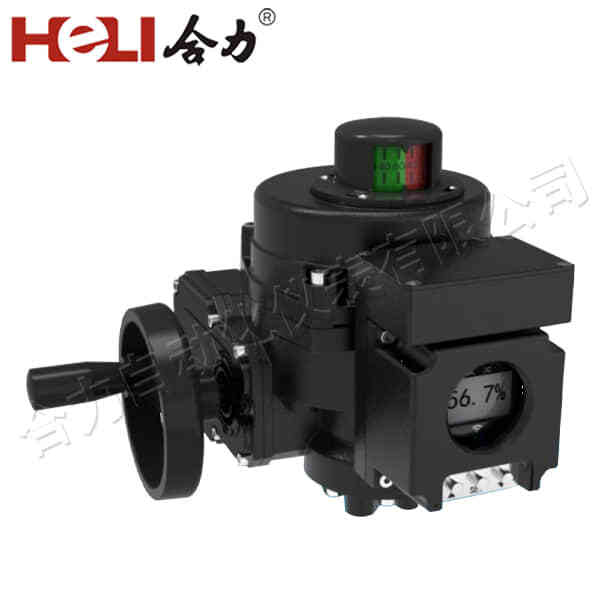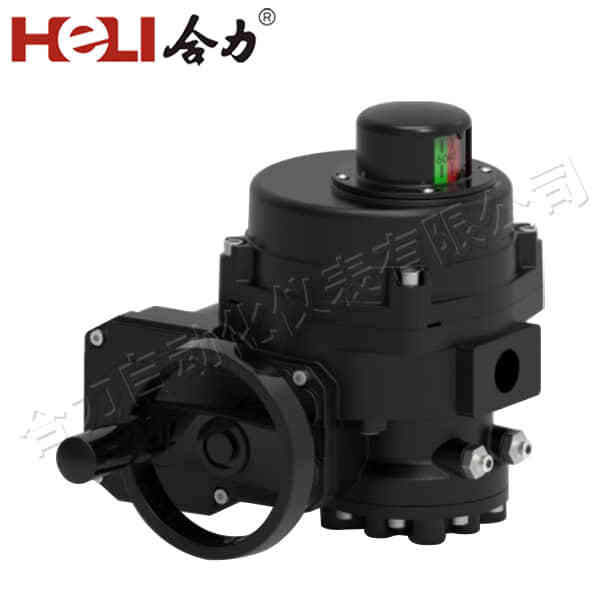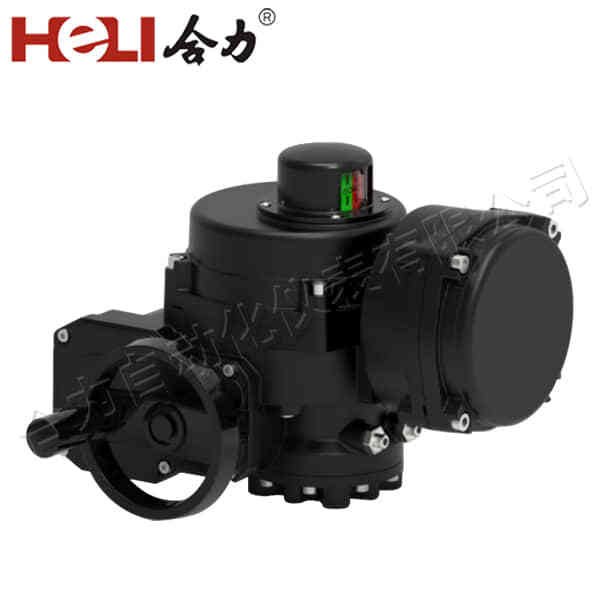
Electric actuator valves are essential components in modern industrial control systems, offering enhanced precision, reliability, and ease of operation. These valves play a pivotal role in controlling the flow of liquids, gases, and slurries through pipelines in a variety of industries, including water treatment, chemical processing, oil and gas, and HVAC systems. The combination of electric actuators with valves ensures more efficient, automated control, eliminating the need for manual intervention and offering greater flexibility in operations. This article explores the working principles, applications, and advantages of electric actuator valves, as well as their role in shaping the future of automation in industries worldwide.

Working Principle of Electric Actuator Valves

